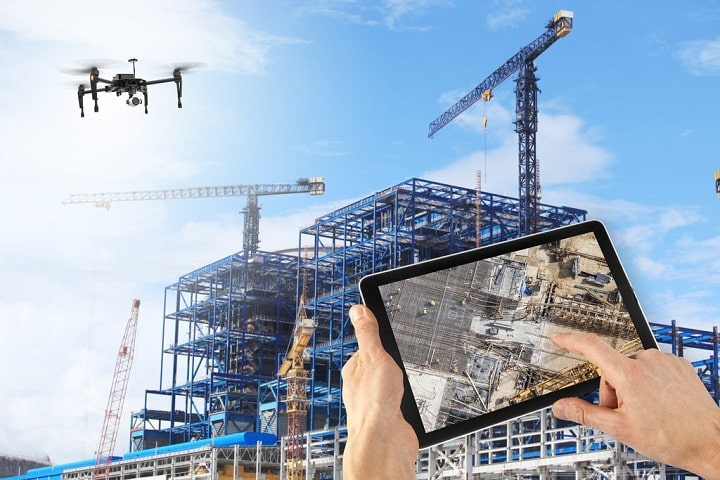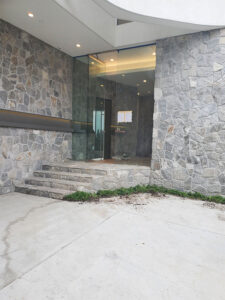Introduction
The construction industry is undergoing a significant transformation, thanks to the rapid development of new technologies, sustainable practices, and innovative materials. Whether you’re a contractor, property developer, or homeowner, understanding the latest trends in construction can help you stay ahead in the game. In this blog post, we will explore the future of construction and the key innovations driving the industry forward.
Key Trends in Modern Construction
- Sustainable Construction
One of the biggest shifts in the industry is the focus on sustainable construction. As awareness of environmental impact grows, so does the demand for eco-friendly buildings. From energy-efficient materials to renewable energy sources like solar panels, green building practices are becoming the standard. The use of sustainable materials, such as recycled steel or bamboo, helps reduce waste and lowers the carbon footprint of construction projects. - Modular Construction
The rise of modular construction is another game-changer. This method involves creating building components off-site in a controlled environment and then assembling them on-site. Modular buildings are known for their speed of construction, cost-effectiveness, and precision. This trend is particularly popular in urban areas where there is a high demand for housing and office spaces. - Smart Construction Technologies
Smart construction refers to the integration of advanced technology into the building process. This includes the use of construction software, drones for site inspections, and 3D printing to create complex architectural designs. Building Information Modeling (BIM) is another key technology that enhances collaboration among contractors, architects, and engineers by providing a digital representation of a building’s physical and functional characteristics. - Energy-Efficient Buildings
Energy-efficient buildings are not just a trend but a necessity in the face of rising energy costs and climate change. Energy-efficient construction focuses on optimizing the building’s design and materials to reduce energy consumption. Features like high-performance insulation, smart thermostats, and low-energy windows help maintain a building’s temperature without over-reliance on heating or cooling systems. - Prefabricated Construction
Similar to modular construction, prefabricated construction involves the assembly of building parts off-site and bringing them together at the construction location. However, the key difference lies in the size and type of components used. Prefabricated homes and commercial buildings are becoming increasingly popular due to their efficiency and reduced construction time.
The Role of Technology in Construction
- Drones in Construction
Drones are revolutionizing how construction sites are managed. With aerial surveillance, drone technology provides real-time data on site progress, safety concerns, and potential obstacles. This information helps contractors and project managers make informed decisions and improve project timelines. - 3D Printing in Construction
While still in its early stages, 3D printing in construction has the potential to change how buildings are designed and constructed. 3D printing technology can create entire building sections quickly and with minimal waste. In the future, this could lower costs and increase the efficiency of construction projects. - Artificial Intelligence (AI) in Construction
AI is increasingly being used to optimize construction processes. Artificial intelligence can analyze data from previous projects to predict outcomes and recommend improvements for new projects. This technology is also being used to enhance safety by identifying potential hazards on-site and proposing preventive measures.
The Future of Construction: Challenges and Opportunities
While these trends offer numerous opportunities, the construction industry also faces challenges such as labor shortages and rising material costs. However, with the adoption of smart construction technologies and the focus on sustainability, the future of construction looks promising. Contractors and developers who embrace these innovations will likely lead the way in creating smarter, greener, and more efficient buildings.
Conclusion
The future of construction is exciting, with new technologies and methods that promise to improve efficiency, reduce costs, and enhance sustainability. By staying informed about the latest trends in sustainable construction, modular building, and smart technology, contractors and developers can stay competitive in this ever-evolving industry. If you’re looking to implement the latest construction innovations in your next project, now is the time to start planning.




